Originally appeared on Automoblog.net
In June 1960, Volvo CEO Gunnar Engellau laid out plans for a bold new vehicle with the automaker’s management. This “P660” project was to be larger than the Amazon but not to exceed its weight or price. It was to have the same wheelbase as both the Amazon and PV544, although several different chassis configurations were conceived.
In keeping with Volvo’s legacy, this new vehicle was to meet the strictest safety standards.
Flash forward six years …
On August 17th 1966, almost four hundred journalists gathered at the Lorensberg function rooms in central Gothenburg, Sweden at the behest of Volvo. Speculations stirred for several years about this new and particularly modern vehicle. Could this one give Volvo a larger global presence? Until that August day, nobody could say for certain.
When the dividing wall was raised, there stood three pre-series versions of the new Volvo 144. Just as the curtain lifted in Gothenburg, the 144 was also revealed in Oslo, Copenhagen, Helsinki. 8 years later, the 144 would become Volvo’s first million seller.
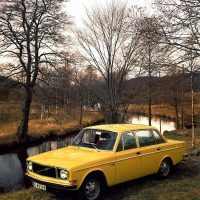
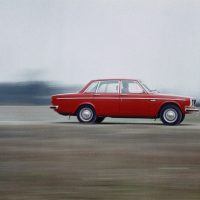
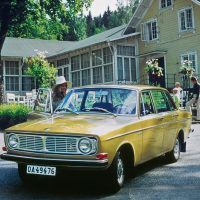
In the Name of the Law
Keeping the 144 a secret leading up to the reveal proved rather difficult. At the time, a major law enforcement offensive was underway to catch two police killers. The night before the press reveal, the vehicles were lifted into the function rooms by crane in massive wooden crates. That very same evening, law enforcement followed up on a tip that both fugitives were in the nearby movie theatre, which was promptly evacuated.
Keeping a low profile while a nearby building was evacuated was a challenge.
In the Name of Design
Mass production began just two days after the unveiling, marking the birth of the 140 series. With it came a new naming structure, where the first digit designated the model series, the second the number of cylinders, and the third the number of doors. A year later in 1967, the two-door 142 was launched and soon after, in 1968, the 145 was undergoing production.
The 140 was Volvo’s expression of the 1960s, noticeable in things like the interior layout, body lines, and large windows. Volvo’s trademark “Scandinavian design” is reflected in ways unique to the era in which their cars reside. For the 1960s, the 140 series was a genuine expression of freedom and functionality. Since the culture of the 60s demanded such things, the automaker’s design language at the time mirrored that.
Much credit goes to Jan Wilsgaard, Volvo’s then Chief Designer. During his 40 year career with Volvo, Wilsgaard was behind the design of both the 140 series and the Amazon. Similarities are noticeable, like the grille and the wide shoulders that made the doors below the side windows even more pronounced.
Even the 142 and 144 had vertical rear lights like the Amazon.
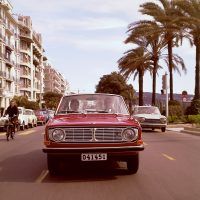
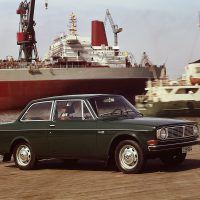
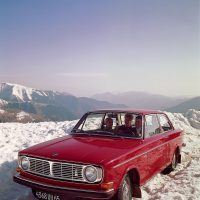
In the Name of Safety
Last year, I was privileged to be part of Volvo’s XC90 Road Show, serving their retailers nationwide with hands-on training as the new SUV hit the market. It was amazing the number of people that cited safety as their top reason for owning a Volvo. Without question, safety is one of the automaker’s longest standing legacies.
At the time, the 140 series had the latest safety technology. The chassis featured crumple zones and a roll cage, along with a great degree of torsional rigidity. The front and rear disc brakes worked in conjunction with a dual-circuit system, complete with twin hydraulic circuits at the front. This provided a three-way partitioning of the circuits, so if one circuit failed both front brakes and one rear brake would still function. Reducing valves, a Volvo first, were installed to prevent wheel lock during sudden, aggressive braking.
The dashboard was reinforced with a collision-protected frame. Headrests, retractable seat belts, and seat belt reminders would later follow.
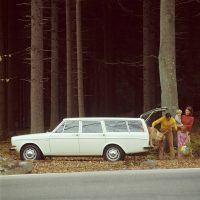
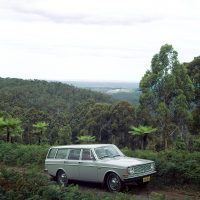
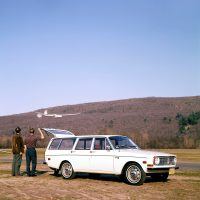
In the Name of Performance
The rear-wheel drive 140 series featured the 1.8-litre four-cylinder B18 engine from the Amazon. It created 75 horsepower or 96 horsepower with twin carburettors. The 1969 model had the 2-litre B20 engine, producing 82 horsepower or 100 horsepower respectively.
By 1971, Volvo was using electronically controlled fuel injection, and increased the output to 120 horsepower.
In the Name of Perseverance
In the summer of 1974, when production of the 142, 144, 145 ended, the series had become Volvo’s first million seller. In total, 1,251,371 cars rolled off the line, cementing Volvo as an international manufacturer. Although, the 140 series didn’t exactly stop in 1974 – some would argue it continued well into the early 90s with the Volvo 240, a vehicle that borrowed much of its chassis construction from the 140 series. Others may even say the legacy of the 140 series is found in the Volvo sedans of today, like the S60.
Despite the 140 series being difficult to conceal in its day, it was well ahead of its time. It’s arguably one of the best indicators of where Volvo would not only end up, but where they are headed today.
*Carl Anthony is Managing Editor of Automoblog and resides in Detroit, Michigan
Photos & Source: Volvo Cars
from Automoblog.net http://www.automoblog.net/2016/08/17/71769/
via IFTTT
from Tumblr http://peternpalmer.tumblr.com/post/149098979646
via IFTTT
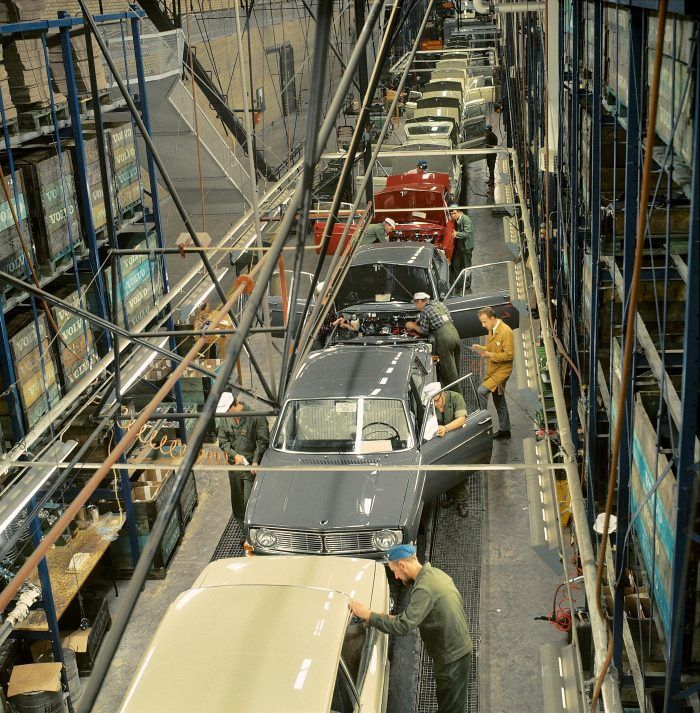
No comments:
Post a Comment